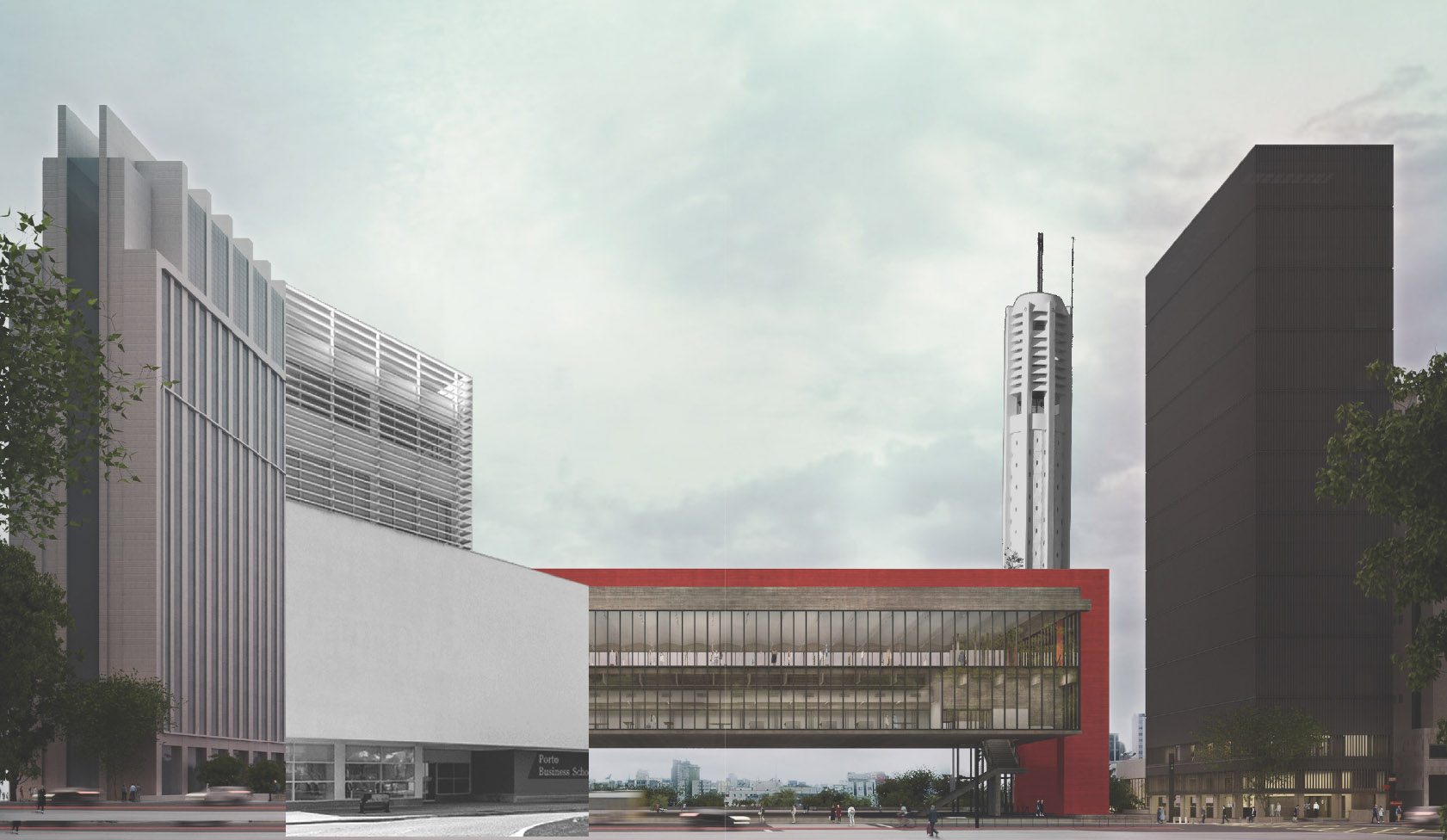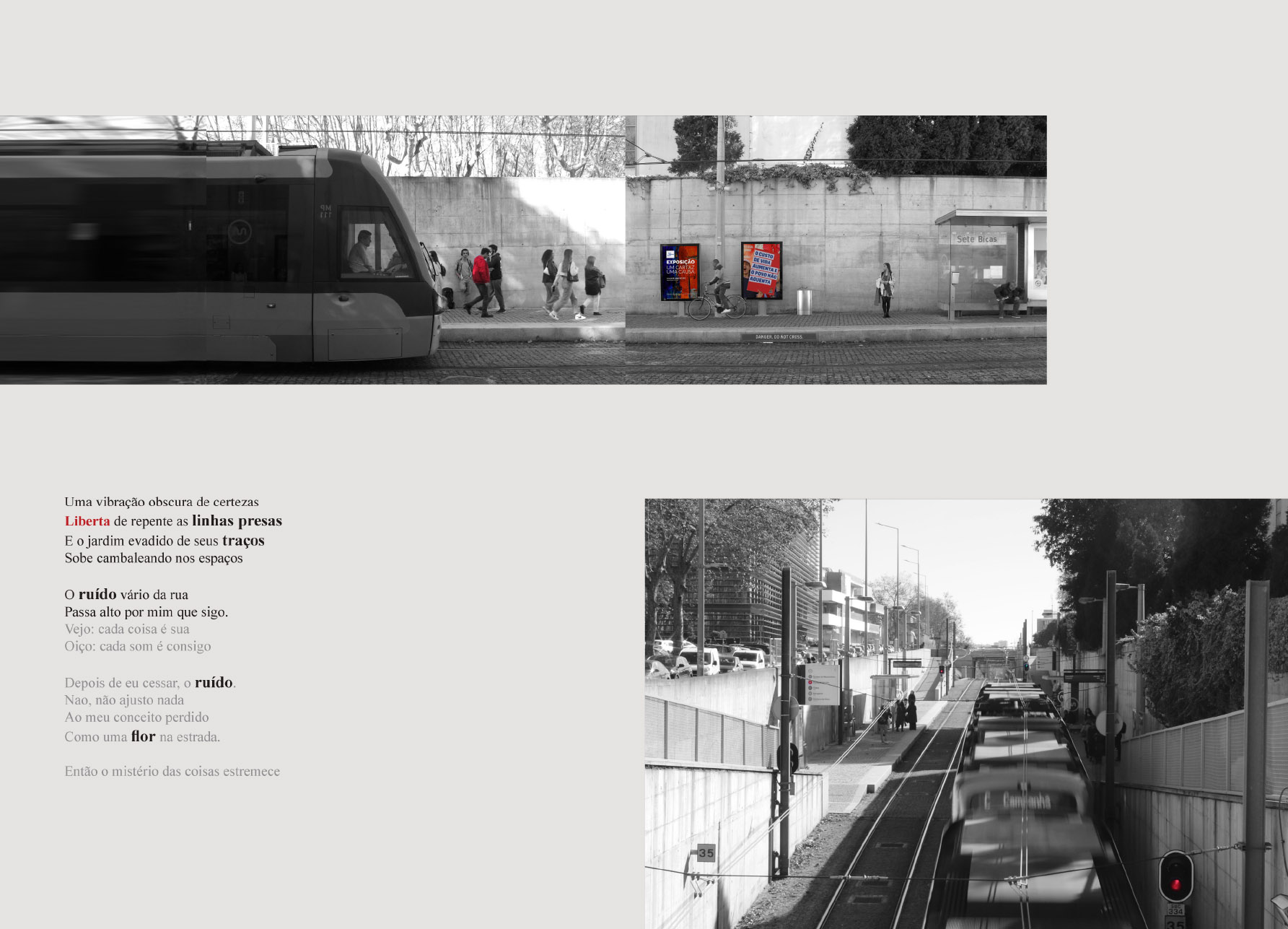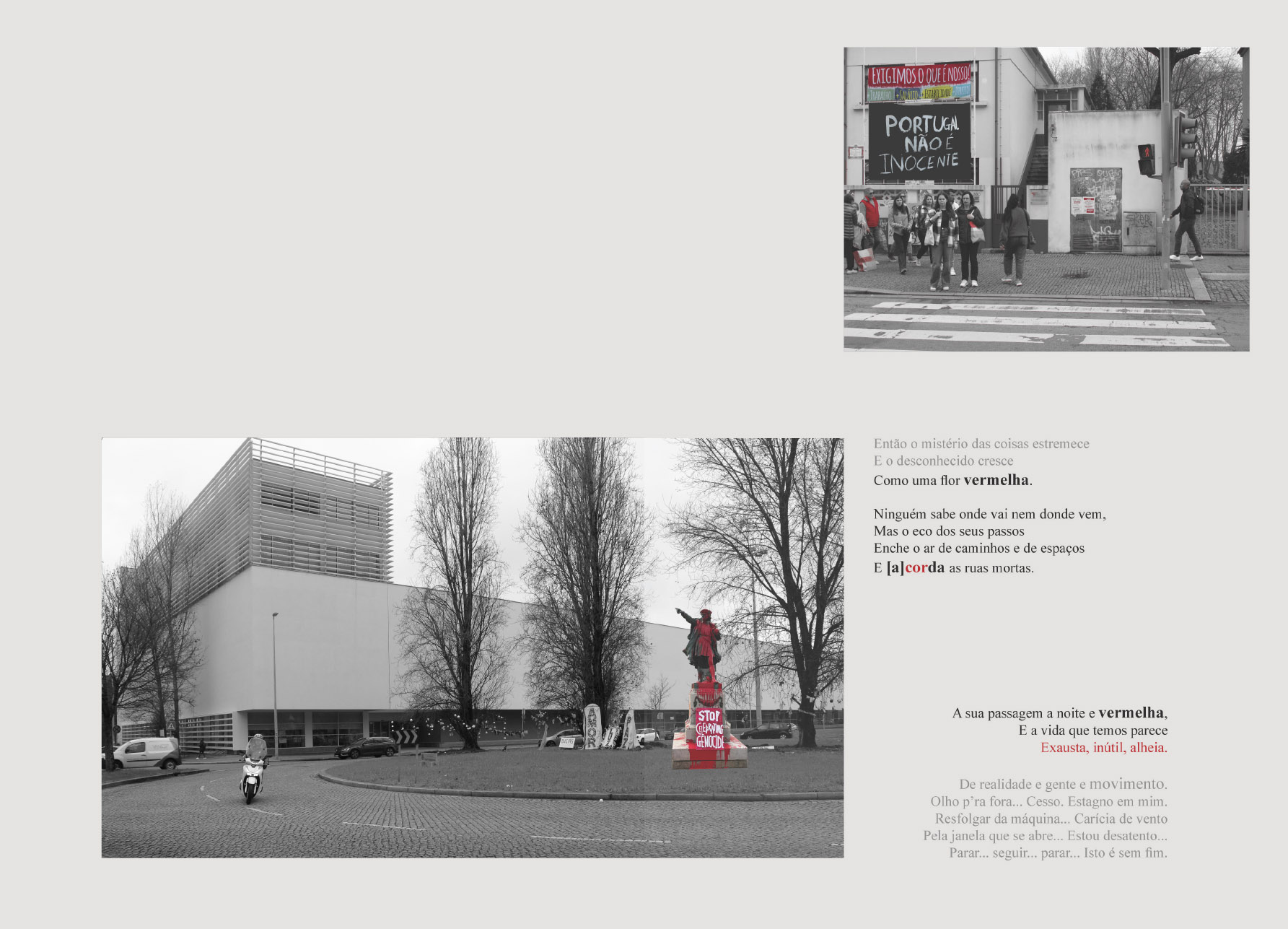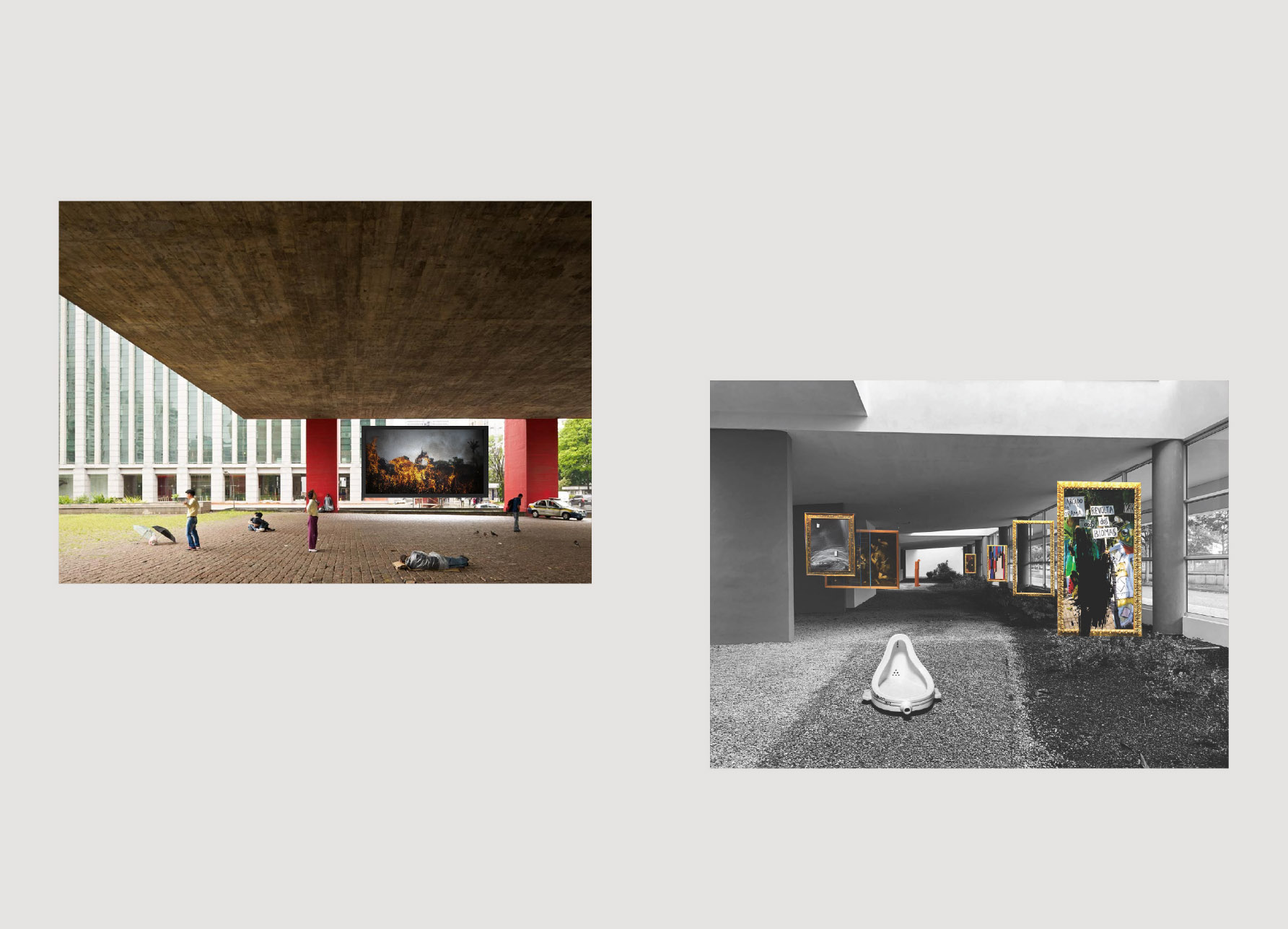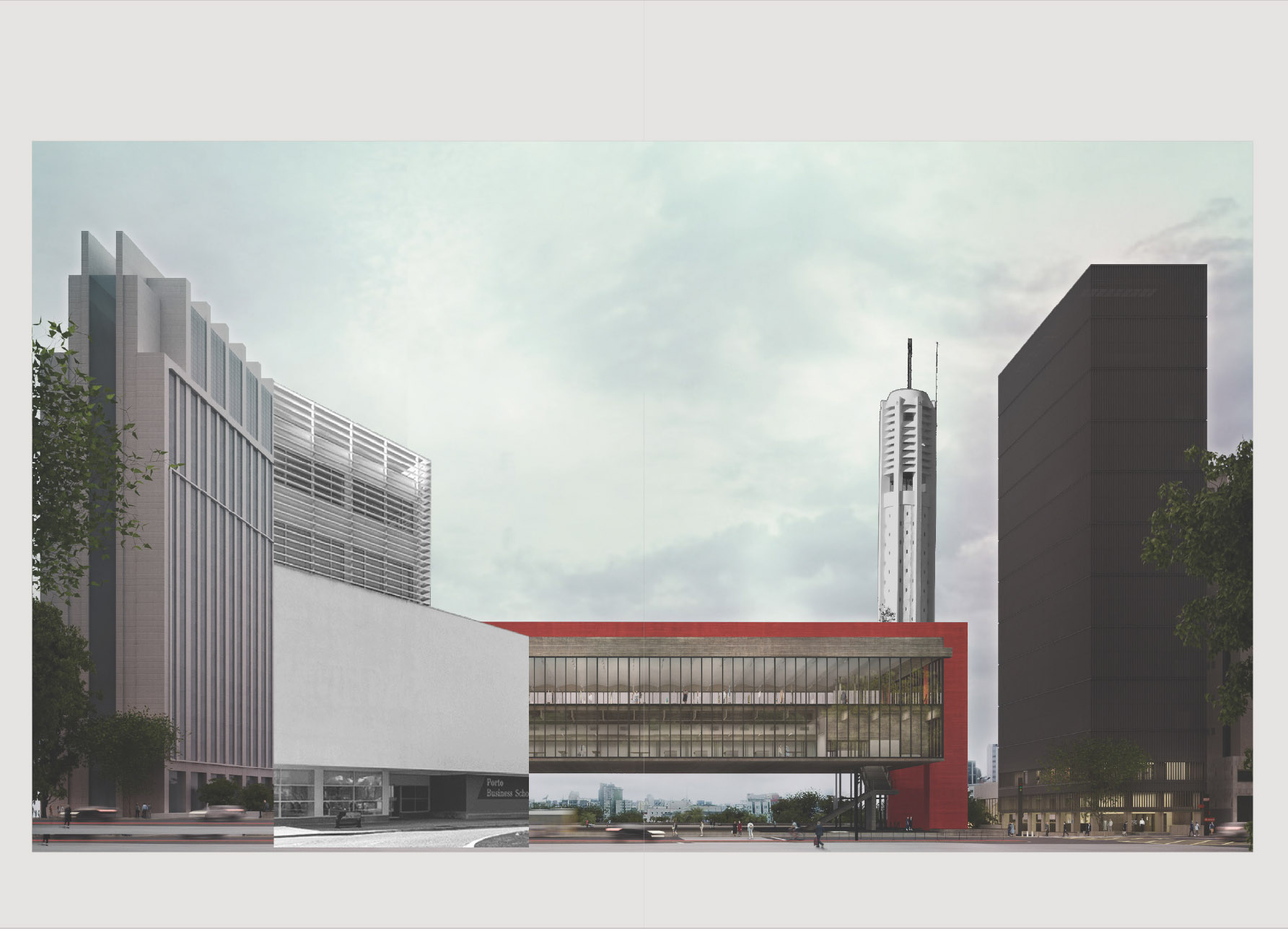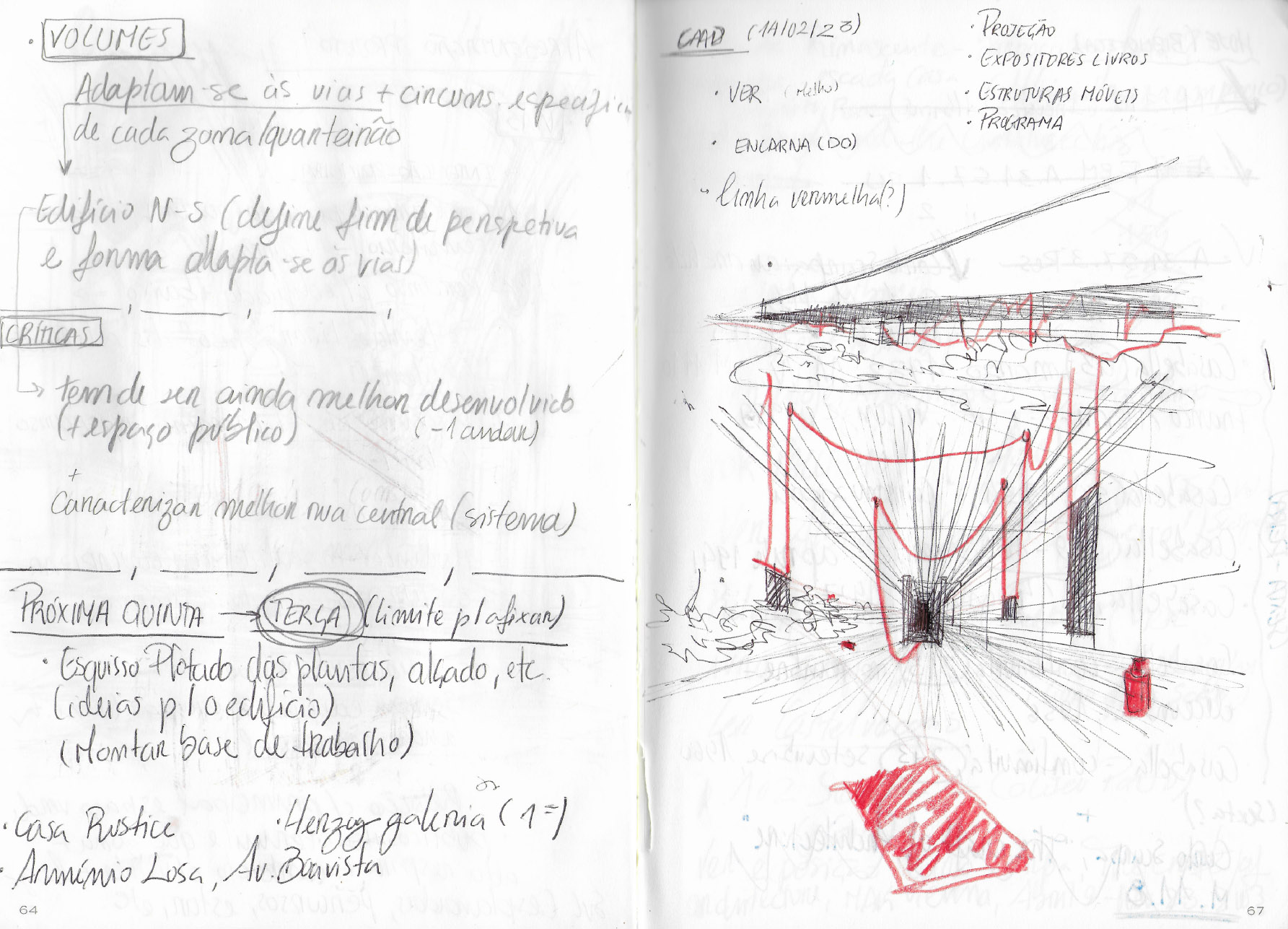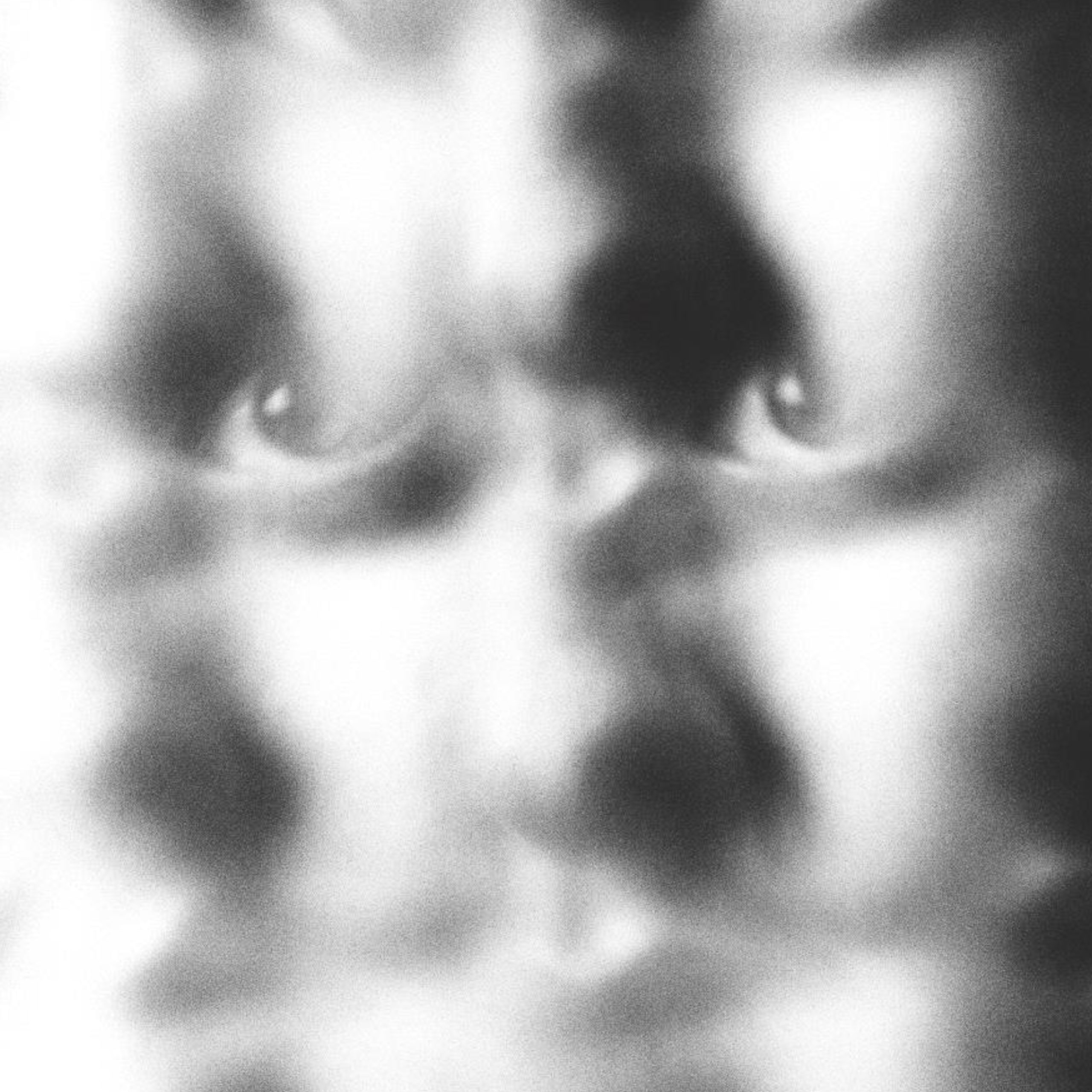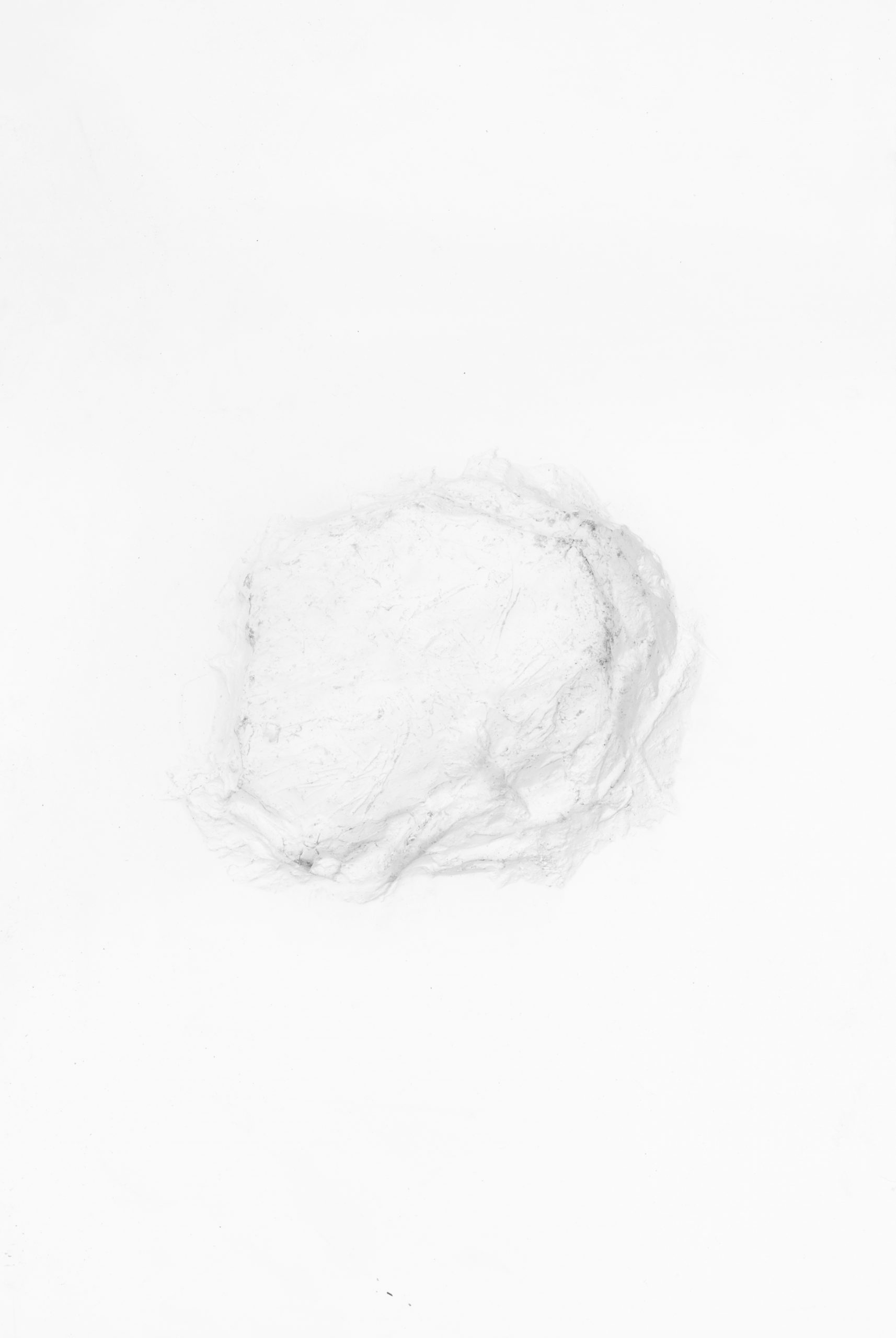“(…) a photograph is very simple. It’s best not to compete with the complexity of the perception of architecture. An image has to be simple and direct. It has to be able to create an atmosphere and drown us in it and perhaps remind us of something else.”
From this quote by Heléne Binet[1] we can understand architecture as something complex, which photography, clear and simple, seeks to synthesise in a single image. Porto Business School and Sete Bicas Metro Station are part of an area of great circulation and agitation, a point where people arrive, leave and cross paths, flows that reflect the reality of a day-to-day life marked by noise, a journey that fluctuates between movement and permanence. Capturing this “walk of the eye” results in pictures of permanent change that are interconnected and follow one another, with elements that “appear or disappear”, in a series of events that together make up the image and the perception we have of a space, of an architecture. This theme is explored in the photography of Philippe Ruault[2], who introduces the factor of time into the image, spontaneously capturing the double movement, the lived space of architecture, at a “Bonne Distance (the right distance) between the subject and the architecture, the architect.” He is interested in the sensorial aspects of space, evident in the casual journey of the inhabitant, who perceives and experiences architecture as another element that participates in space, along with nature and objects.
[1] Ventura, Susana; Binet, Hélène. “The pure sensation of photography: Interview with Hélène Binet”, Scopio, 2010
[2] Ventura, Susana; Ruault, Philippe. “La bonne distance: Interview with Philippe Ruault”, Scopio, 2011


